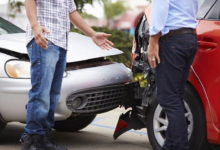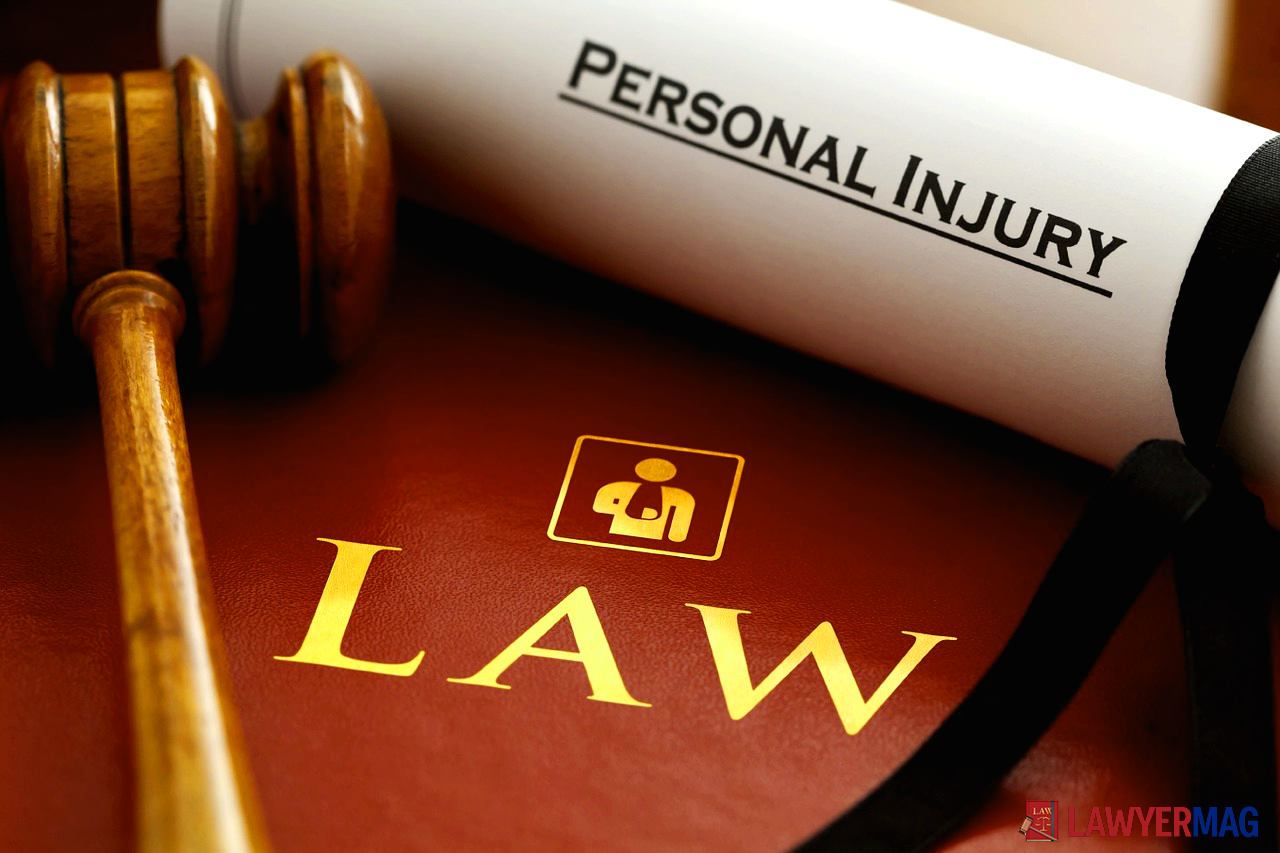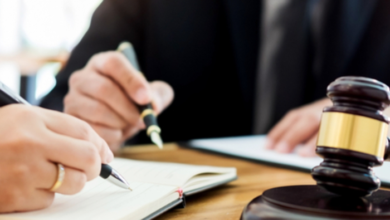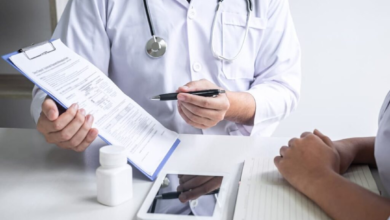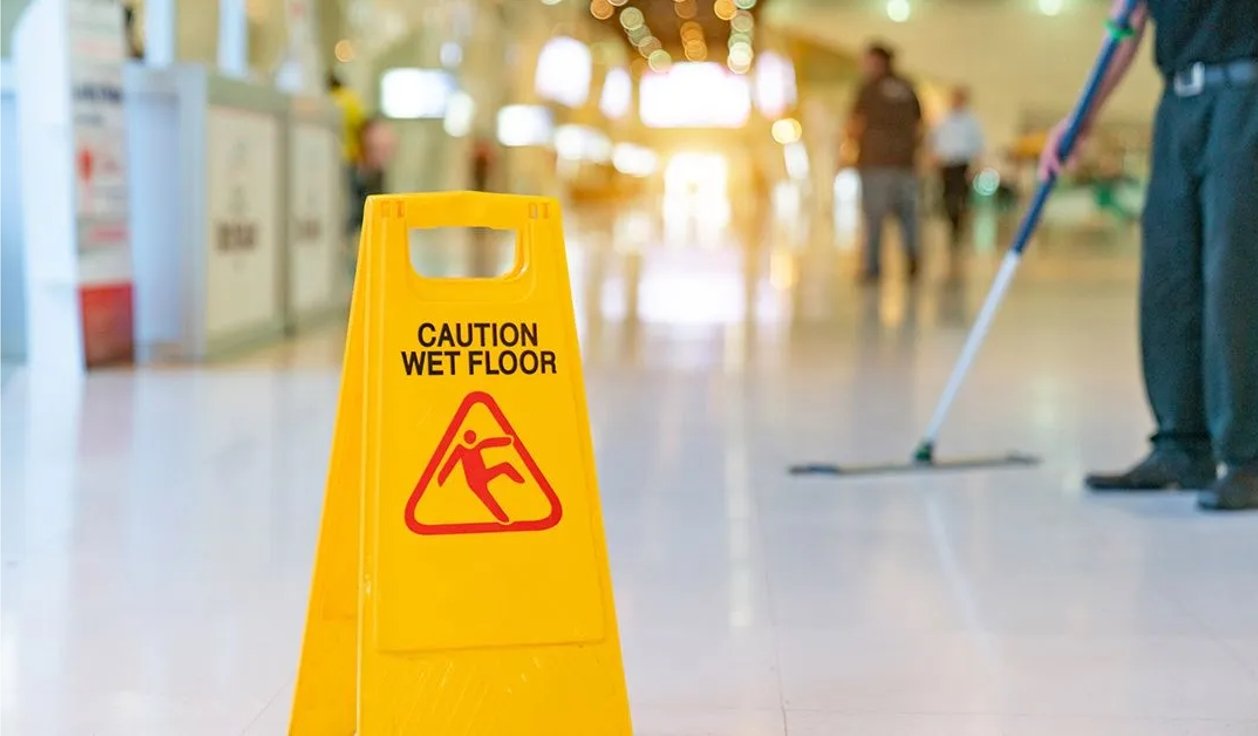Personal Injury Prevention: Tips for Staying Safe on the Road and at Home
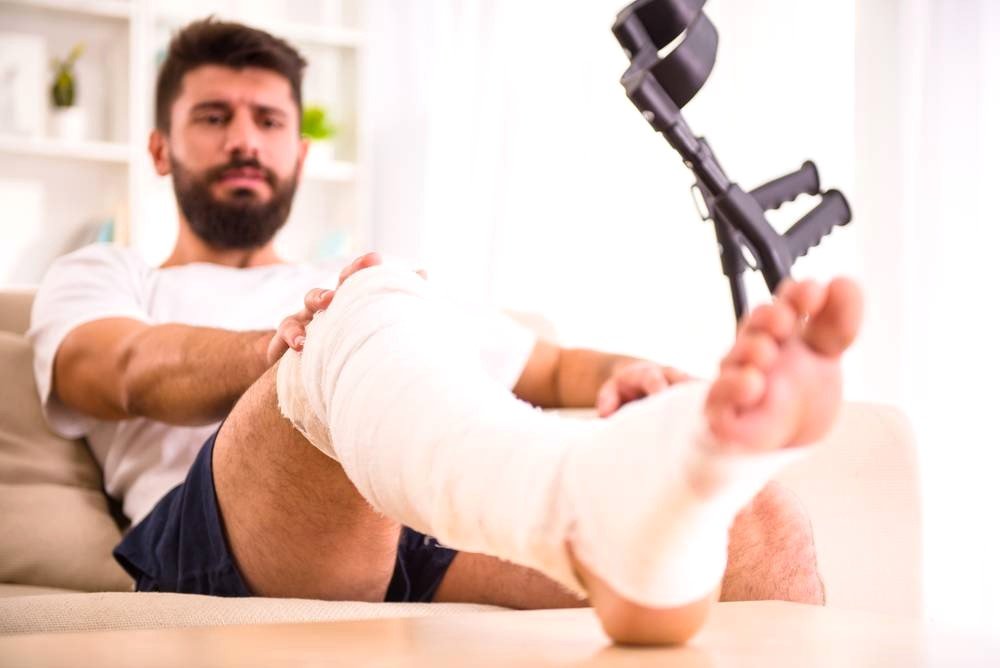
Personal safety is a paramount concern in our daily lives. Accidents can happen anywhere, be it on the road or within the confines of our homes. The significance of personal injury prevention cannot be overstated, and this article aims to provide a comprehensive guide to staying safe in various environments.
Understanding Common Personal Injuries
To effectively prevent personal injuries, it’s crucial to understand the types that commonly occur. From slips and falls at home to road accidents, having awareness about potential risks is the first line of defense. Statistics highlight the frequency of these incidents, emphasizing the need for proactive measures and a collective effort to reduce their occurrence.
Road Safety Tips
The road is a common setting for personal injuries, making it imperative to adopt defensive driving techniques. Staying alert, obeying traffic rules, and utilizing safety features like seat belts and airbags play a pivotal role in preventing accidents and minimizing the impact of collisions.
Home Safety Measures
Accidents within the home are more common than one might think. Simple yet effective measures, such as adequate lighting, proper organization, and childproofing, can go a long way in preventing falls and mishaps. Creating a safe environment within the home is essential for individuals of all ages.
Maintaining Personal Health
A healthy body is better equipped to prevent injuries. Regular exercise not only contributes to overall well-being but also enhances coordination and flexibility, reducing the risk of accidents. Coupled with a balanced diet, maintaining personal health is a fundamental aspect of injury prevention.
Avoiding Distracted Driving and Multitasking
In the era of technology, distractions on the road have become a significant concern. Activities like texting or multitasking while driving pose serious risks. Addressing these distractions and staying focused on the road are crucial components of personal safety.
Emergency Preparedness
Being prepared for emergencies is a foundational aspect of injury prevention. Basic first aid knowledge and the presence of emergency kits at home and in the car can make a significant difference in the outcome of accidents. Quick and informed responses can be life-saving.
Recognizing and Mitigating Hazards
Identifying potential hazards in our surroundings is essential for injury prevention. Whether it’s a slippery surface or faulty wiring at home, addressing these issues promptly minimizes the risk of accidents. Vigilance and a proactive approach are key to maintaining a safe environment.
Stress Management
Stress is a silent contributor to accidents by impairing concentration and decision-making. Implementing stress management techniques, such as meditation or regular exercise, not only enhances mental well-being but also contributes to personal safety.
importance of Regular Check-ups
Regular health check-ups are not just about addressing existing health issues but also about preventing future problems. A healthy body is more resilient and less prone to accidents. Regular medical examinations contribute significantly to overall injury prevention.
Community Involvement in Safety
Communities play a vital role in promoting safety. Creating awareness about potential risks, organizing safety workshops, and fostering a culture of vigilance contribute to a collective effort to reduce personal injuries. When communities actively engage in safety measures, the entire neighborhood benefits.
Technology and Safety
The integration of technology into safety measures is evolving rapidly. From GPS navigation to safety apps, technology serves as a valuable tool in accident prevention. Smart home devices further contribute to creating secure living spaces and enhancing personal safety.
Educational Programs For Personal Injury Prevention
Education is a powerful tool in creating a safety-conscious society. Schools and organizations should actively implement programs that educate individuals on injury prevention, instilling a sense of responsibility for personal safety. By promoting awareness and providing practical knowledge, educational initiatives contribute significantly to injury prevention.
Incorporating Safety into Daily Routines
Making safety a habit is crucial for long-term injury prevention. By incorporating safety measures into their daily routines, individuals create a protective environment for themselves and those around them. Consistency in practicing safety-conscious behaviors leads to a safer lifestyle overall.
Conclusion
In conclusion, personal injury prevention is a shared responsibility that requires awareness, education, and proactive measures. By understanding common risks, adopting safety measures, and promoting a culture of vigilance, we can collectively create a safer world for everyone. Personal safety is not just an individual concern but a community effort.
FAQs
- How can I make my home safer to prevent accidents?
- Implement proper lighting, organize spaces, and consider childproofing measures.
- What role does community involvement play in personal injury prevention?
- Communities can create awareness, organize safety workshops, and foster a culture of vigilance.
- Is technology effective in preventing accidents?
- Yes, technology, such as GPS and safety apps, plays a crucial role in accident prevention.
- How does stress contribute to accidents?
- Stress can impair concentration and decision-making, increasing the risk of accidents.
- Why is it essential to have regular health check-ups for injury prevention?
- Regular check-ups contribute to overall health by making the body more resilient and less prone to accidents.
